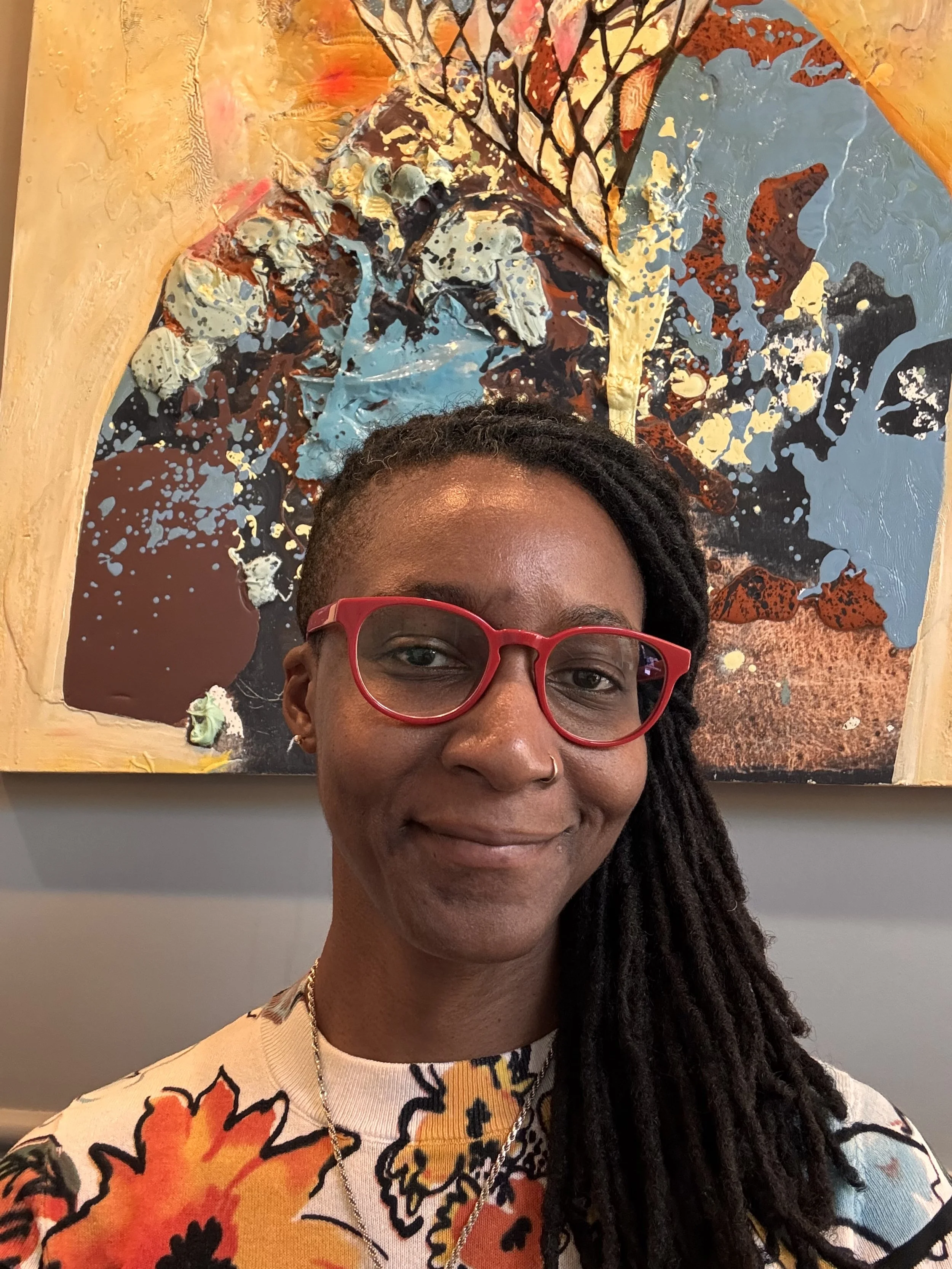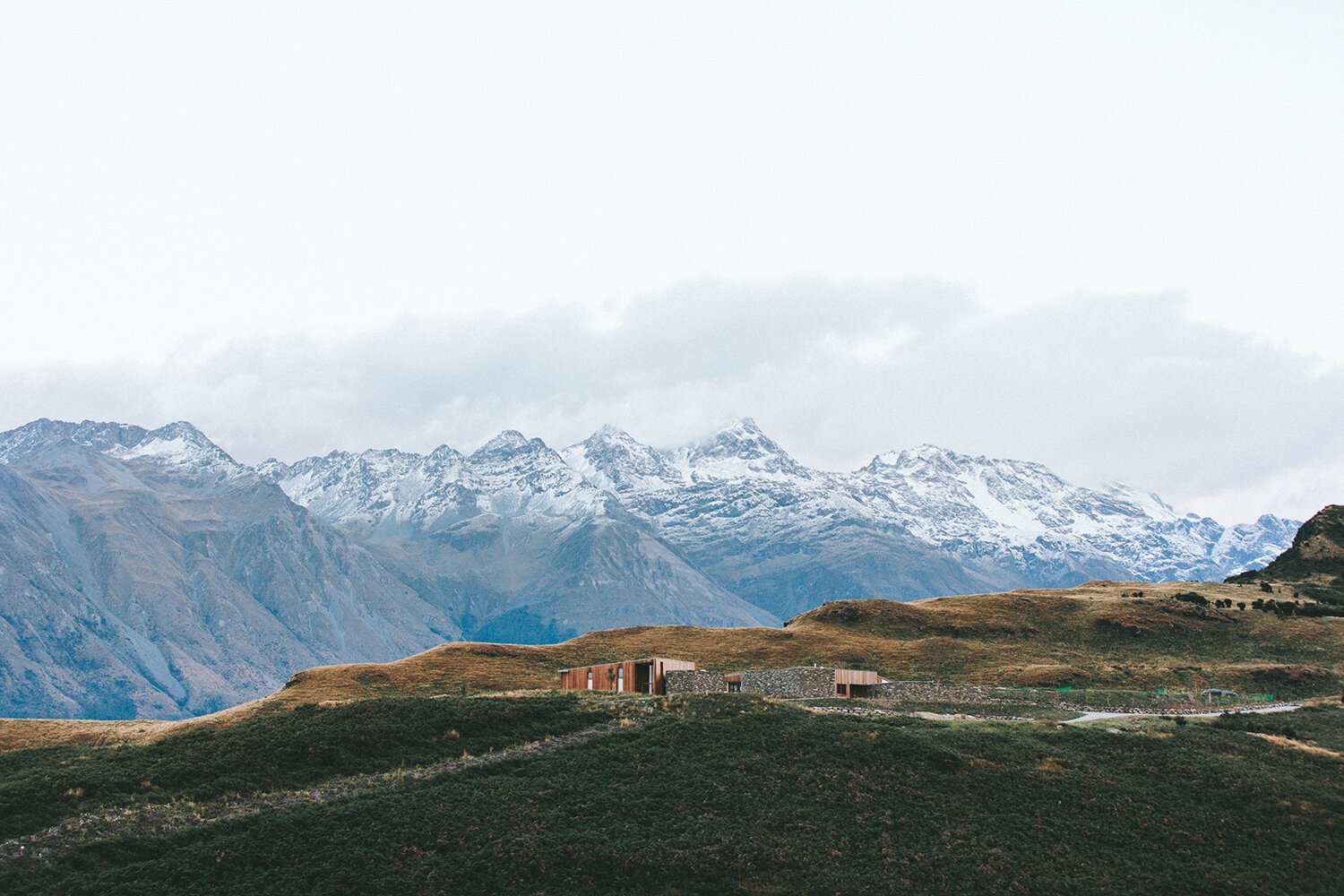Architecting Inner Calm:
From untying knots in the treatment room to teaching self-architecture.
My story doesn’t start in a quiet meditation hall. It started on the streets of New York City—in Morningside Heights, to be exact. It was a masterclass in contrast: the constant hum of energy and ambition, right alongside the very human struggles of stress, overload, and pain.
I saw people trying to push through, to outthink their bodies’ signals, and ultimately hitting a wall. I learned early that our environment doesn't just happen around us; it gets wired into us—into our very muscles and nervous systems.
The Search for a Deeper Language: Beyond Quick Fixes
I also learned that no two people are alike. What drains one person energizes another. What causes chronic pain in one body manifests as anxiety in another. This curiosity led me to St. John's College, where I studied the Great Books—not to find answers, but to learn how to ask better questions. It taught me that every complex system, whether a philosophical text or the human body, requires a deep, holistic inquiry to be understood.
But I wanted to apply that inquiry. I wanted to help people not just understand their pain, but to end it.
The Apprenticeship: Four Maps to the Human Body
That quest led me to the Tri-State College of Acupuncture, where I did something unusual: I immersed myself in four distinct styles of acupuncture. I wasn't looking for one right answer; I was assembling a complete toolkit.
· Traditional Chinese Medicine gave me the foundational map of energy and pattern diagnosis.
· Classical Japanese Acupuncture taught me subtlety and precision, learning to listen to the most gentle whispers of the body.
· Acupuncture Physical Medicine (APM) grounded me in the physical reality of the body—the "holding patterns," trigger points, and myofascial constrictions where emotional and physical stress literally become embedded.
· Alchemical Acupuncture showed me the transformative, spiritual potential of this medicine.
The Critical Insight: The Missing Blueprint
For years, I practiced these styles in my clinic, Body Mechanics Acupuncture. I saw incredible results. But I started to see a deeper pattern. My clients would leave a session feeling great—their pain released, their "knots untied," as the ancient text the Ling Shu says—but some would return with the same issues.
"Thorns, although embedded for a long time, still can be pulled out. Stains, although filthy for a long time, still can be washed away. Knots, although tied for a long time, still can be untied. Obstructions, although blocked for a long time can be opened up..." - Ling Shu, 204 B.C.
I realized the treatment room was only half the equation. I could pull the thorns and untie the knots, but my clients were walking back into the same environments and patterns that created them. They needed more than a treatment; they needed a new blueprint. They needed to become active participants in their own healing, to learn the principles so they could become resilient to the pressures of their lives.
The Synthesis: Where The Somatic Architect Was Born
This insight led me to Columbia University, where I earned a certificate in Executive Coaching. I wanted to learn the language of sustainable change, of goal-setting, and of personal architecture.
The Somatic Architect was born from this synthesis.
It is the framework I wish I’d had when I started out. It’s the answer to the question: How do we move from being passive patients to active designers of our own wellbeing?
It combines:
· The physical diagnostic precision of APM ("The Site Survey").
· The energetic rebalancing of classical acupuncture ("The Redesign").
· The empowering, forward-looking strategies of coaching ("The Build").



